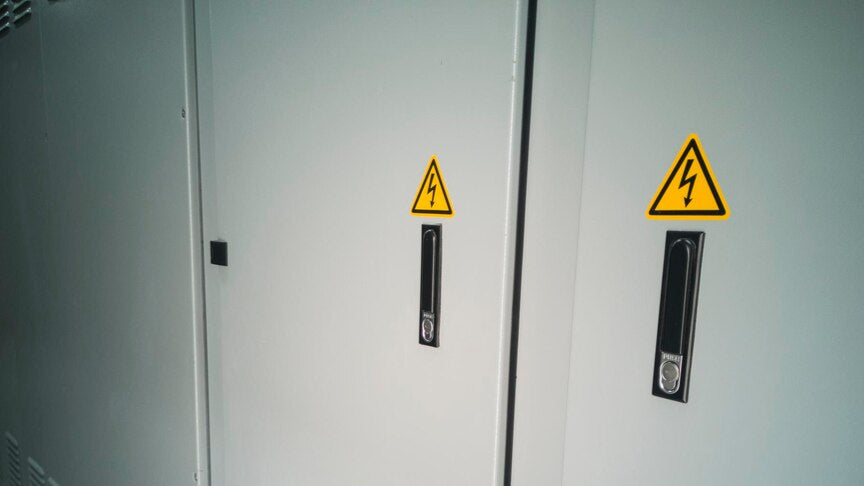When upgrading or adding to an existing electrical system, contractors often face a critical question: how much capacity is actually available? NEC 220.87 provides the guidelines for determining existing loads to properly calculate service and feeder sizing—an essential step to avoid overloading and ensure compliance.
👉 Start here if you need the NEC Overview: What It Is and Why It Matters for the bigger picture of how the Code ties into safe electrical design.
And if you’re just diving into distribution basics, review our article on Service and Feeders for context, since feeder calculations are directly influenced by existing loads.
What NEC 220.87 Covers
This section of the National Electrical Code allows contractors to use actual demand data instead of calculated loads when evaluating an existing system. This is especially valuable in commercial and industrial buildings where usage patterns vary widely.
-
Metering Option: NEC 220.87 permits using 1 year of demand data (from metering or utility records) to establish load values.
-
30-Day Alternative: If 1-year data isn’t available, a 30-day demand study (with maximum demand recorded) can be used—provided the load was at least 125% of the maximum continuous load.
-
Applicability: This method applies when modifying, adding, or upgrading service equipment, feeders, or branch circuits.
Why It Matters
-
Prevents Oversizing – Without accurate load data, contractors often oversize equipment, raising costs unnecessarily.
-
Ensures Safety – Underestimating loads can create hazards like overheating and tripped breakers.
-
Speeds Up Projects – Using real demand data helps justify upgrades to inspectors and clients, streamlining approval.
How It Ties Into Other NEC Requirements
-
Service and Feeders – Existing load values directly affect how feeders and service equipment are sized under NEC 215.2: Minimum Rating and Size of Feeders.
-
Feeder Ground-Fault Protection – For large commercial systems, refer to NEC 215.10: Ground-Fault Protection of Feeders to ensure protection devices align with actual demand.
-
Lighting Load Calculations – See NEC 220.42: General Lighting Load Calculations for how lighting demand factors tie into your existing load study.
By connecting these Code requirements, contractors can create a compliant and efficient electrical design strategy.
Pro Tips for Contractors
-
Always document your demand study thoroughly—it’s your strongest evidence during inspections.
-
If doing a 30-day study, ensure that monitoring covers a representative peak period (holidays, off-hours, and partial operations won’t give valid results).
-
Use demand data to open conversations with clients about energy efficiency upgrades—for example, if peak demand is far lower than capacity, it may be time to right-size equipment.
-
Tie your findings into labeling requirements—clear NEC-compliant labels (like those from Print Pro) are critical for inspectors and future technicians.


